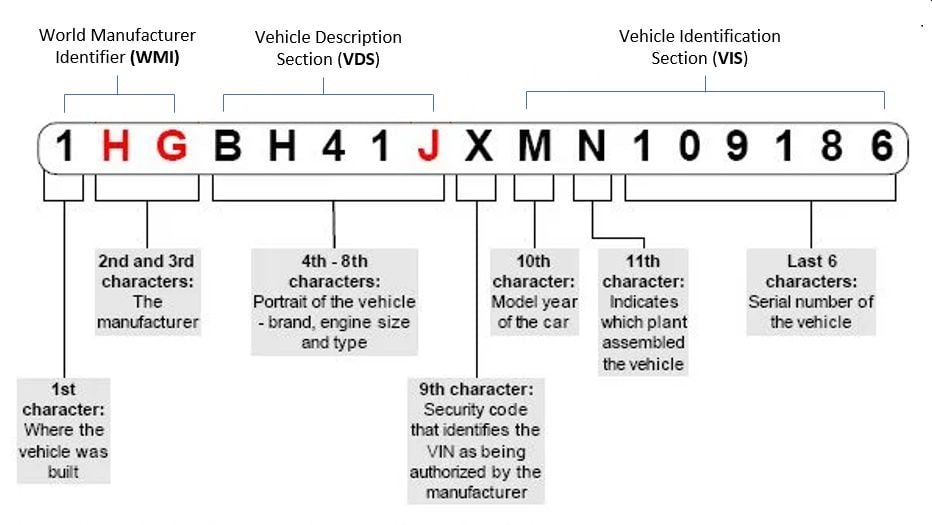

CHECK BMW VIN DECODER FULL
The explanation here is that since the payloads being sent are small, the full network capacity isn’t utilized and as the payload size increases, more of the capacity is being used. Note that in the case of HTTP, these reductions simply aren’t possible.įrom the result of the test for variation in payload size, we could observe that response times were kept constant as the payload size went up. The real advantage of MQTT over HTTP occurs when we reuse the single connection for sending multiple messages in which the average response per message converges to around 40 ms and the data amount per message converges to around 400 bytes. By looking at the packet traffic log, we can see that the dominant part-more than 90% of the data transmitted-is for setting up and tearing down the connection. The contribution in terms of data amount sent over wire is even more significant for the MQTT case in which around 6300 bytes is sent for a single message, which is larger than for HTTP, which sums up to 5600 bytes. Looking at the result that compares response time over one connection cycle for MQTT, we can clearly see that the initial connection setup increases the response time for sending single messages to the level that equals the response time of sending a single message over HTTP, which in our case rounds up to 120 ms per message. First, an initial connect and disconnect is issued in the `on_start` function to preload the MQTT client with all the credentials it needs to connect with Cloud IoT Core, so that credentials can be reused in each measurement cycle. Let take a closer look of the MQTT Locust client.

CHECK BMW VIN DECODER CODE
The source code for the test is available here. Locust.io gives you a simple HTTP client from which to collect your timing data, whereas for the MQTT profiling, we tested with the Eclipse Paho MQTT client package, authenticated via JWT with Cloud IoT Core. We used Locust.io to perform load tests and to compile the metrics.

To get a detailed view of the packet size being transmitted for both protocols, we used Wireshark. Since there will be the overhead for the MQTT case, we want to send a different number of data messages between one connect-disconnect cycle and the next. For the MQTT case, this means that the connect and disconnect messages are measured sequentially with the actual data messages. To make a fair comparison between the two protocols, all the steps in the authentication process (handshake) need to be taken into account. HTTP adheres to the standard request response model. The protocol optimizes towards message size, for efficiency. MQTT ( Message Queuing Telemetry Transport), as the name suggests, is a publisher subscriber pattern, in which clients connect to a broker and the remote devices publish messages to a shared queue. The end device is simulated on our laptop, which runs both a MQTT client and a HTTP client, and then measures the response time and tracks the packets sent over the wire.īefore we go into the implementation details, let's take a look at the differences between MQTT and HTTP that influence how the tests are set up The registry routes device messages to a single Pub/Sub topic that has one Cloud Functions endpoint as the subscriber: the Cloud Function simply writes the payload to log. We set up our experiment by using a single registry in Cloud IoT Core that accepts both HTTP and MQTT connections. Doing it this way highlights some of the characteristics of-and differences between-the two protocols. This post takes an experimental approach by collecting metrics on response time and packet size when sending identical payload through MQTT and HTTP, and by the variation of payload size and number of messages over one connection session. By examining the performance characteristics of each of these two protocols, you can make an informed decision on which is more helpful to your particular use case. Google Cloud IoT Core currently supports device to cloud communication through two protocols: HTTP and MQTT. More specifically, you often need to efficiently offload data from the devices into the cloud, which eventually requires you to evaluate different communication protocols.
CHECK BMW VIN DECODER SOFTWARE
When it comes to making software design decisions for Internet of Things (IoT) devices, it’s important to fit your functional requirements within the capabilities of resource-constrained devices.


 0 kommentar(er)
0 kommentar(er)
